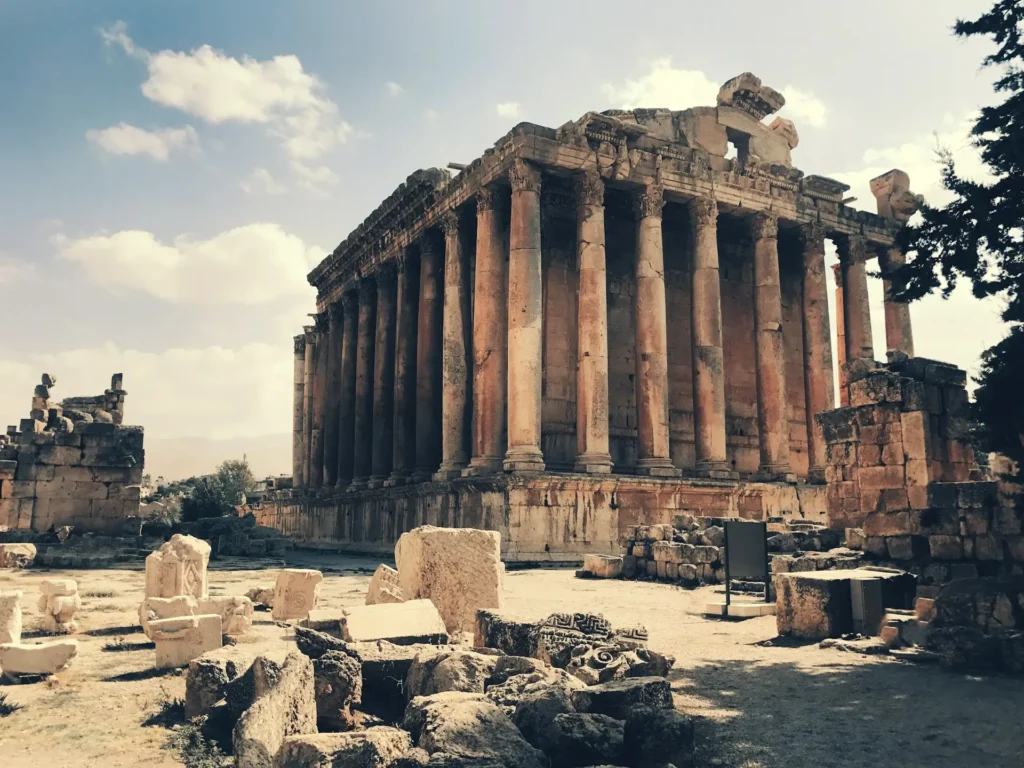Imagine yourself standing amidst colossal stone structures, their timeless beauty whispering tales of civilizations long past. Lebanon, a crossroads of history and culture, offers treasures that rival some of the most famous archaeological sites in the world. From Roman temples to Phoenician harbors, every stone you step on and every artifact you observe embodies a story of resilience, innovation, and grandeur.
Traveling through Lebanon Ancient ruins is not just a visual delight; it’s an emotional connection to the narratives of humanity’s shared past. Whether you’re a curious globetrotter, a history enthusiast, or someone looking for a unique cultural experience, Lebanon invites you to step back in time and lose yourself in its spellbinding beauty.
Discovering the Legacy of Lebanon’s Ancient Ruins
Baalbek: The “City of the Sun”
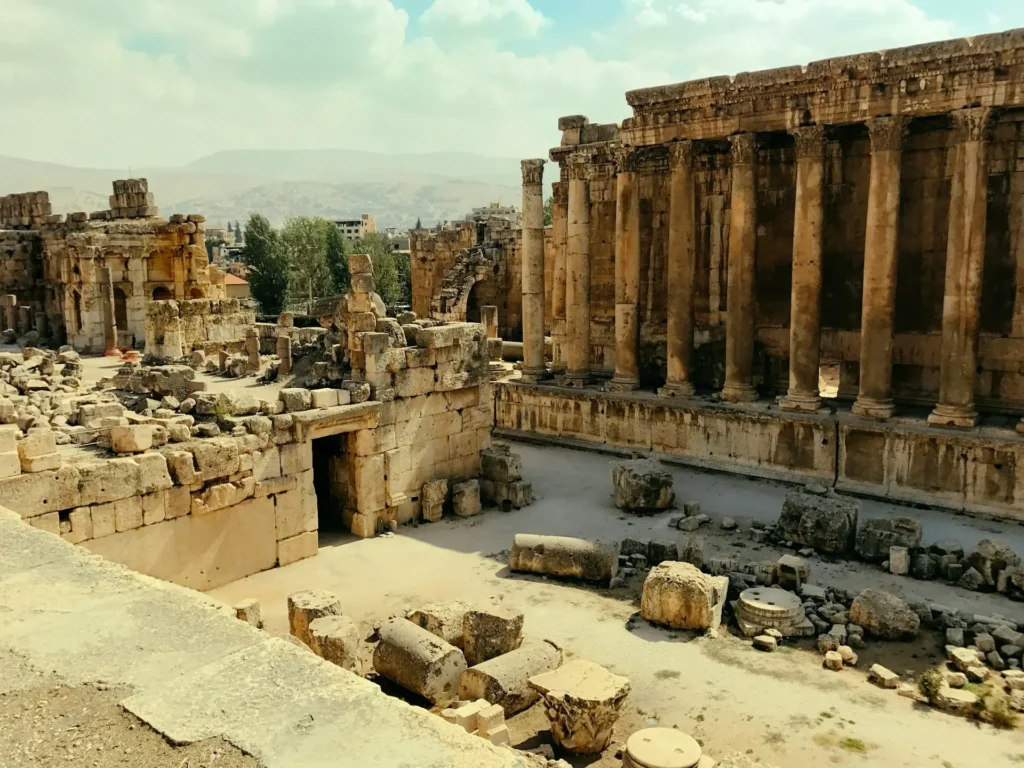
Nestled within the fertile Beqaa Valley lies one of history’s architectural wonders—Baalbek, also known as Heliopolis. Dubbed the “City of the Sun,” this site was a prominent religious and cultural hub during Roman times, and its immense scale will leave you awe-inspired.
Highlights of Baalbek:
- Temple of Bacchus: Remarkably well-preserved, this temple rivals the Parthenon in its magnificence and is a marvel of Roman engineering. Its detailed carvings and towering columns provide an unmatched glimpse into ancient craftsmanship.
- Temple of Jupiter: The largest Roman temple ever constructed, this structure once held the grandest religious ceremonies. Picture yourself walking among the remaining columns that soar dramatically into the sky.
Whether you seek spiritual enlightenment or a deep dive into history, Baalbek offers an unforgettable experience. Make sure you have your camera ready—you’ll want to capture the jaw-dropping majesty of this UNESCO World Heritage Site.
Byblos: The World’s Oldest Inhabited City
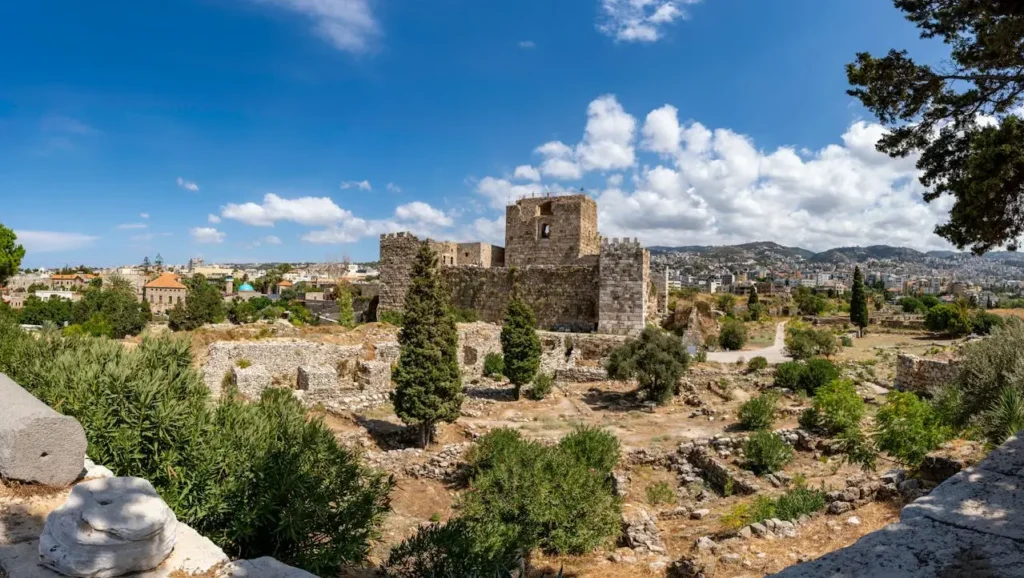
Craving an encounter with one of the oldest cities still inhabited by people? Look no further than Byblos, known locally as Jbeil. With its charming seaside location and a history stretching back around 7,000 years, Byblos is like walking into the pages of an ancient manuscript.
What Makes Byblos Unmissable:
- Explore the Byblos Castle, built by Crusaders in the 12th century, overlooking the Mediterranean Sea.
- Marvel at Phoenician tombs that reveal a culture deeply rooted in maritime trade and their famous invention—the alphabet.
- Wander the picturesque souks (markets) that blend history with vibrant modern-day life.
Byblos is more than just ruins—it’s an immersive encounter with a city that has influenced writing systems, commerce, and culture around the world.
Tyre (Sour): The Jewel of the Phoenicians
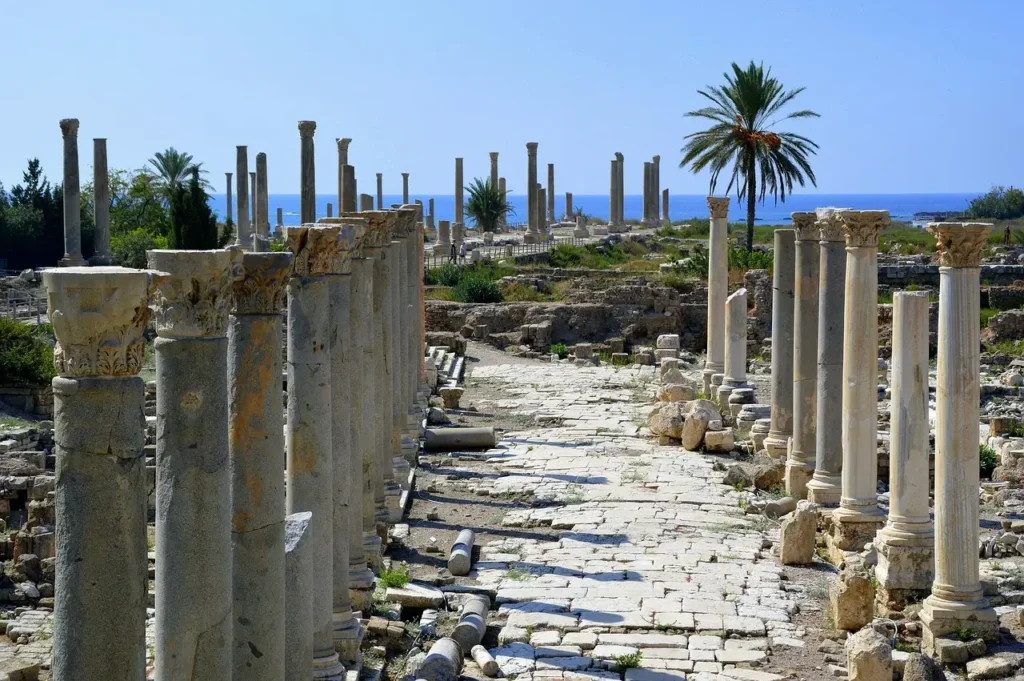
Venture south to Tyre, a city that played a monumental role in the rise of the Phoenician empire. Tyre isn’t just a UNESCO-listed site; it’s a living, breathing museum of the Mediterranean’s maritime legacy. It’s here you’ll witness a rare mix of bustling ancient history with modern-day life.
Why Tyre Stands Out:
- Roman Hippodrome: Imagine the roaring sounds of chariot races in one of the best-preserved arenas in the world.
- Phoenician shipyards: Explore the remnants that testify to Tyre’s maritime supremacy.
- Ashmoun Temple: Learn about religious practices that shaped early spirituality.
Tyre’s intricate network of ruins will spark your imagination and leave you marveling at its contributions to history, from helping to build ancient trade routes to inspiring Greek and Roman architecture.
Anjar: The Ancient Umayyad City
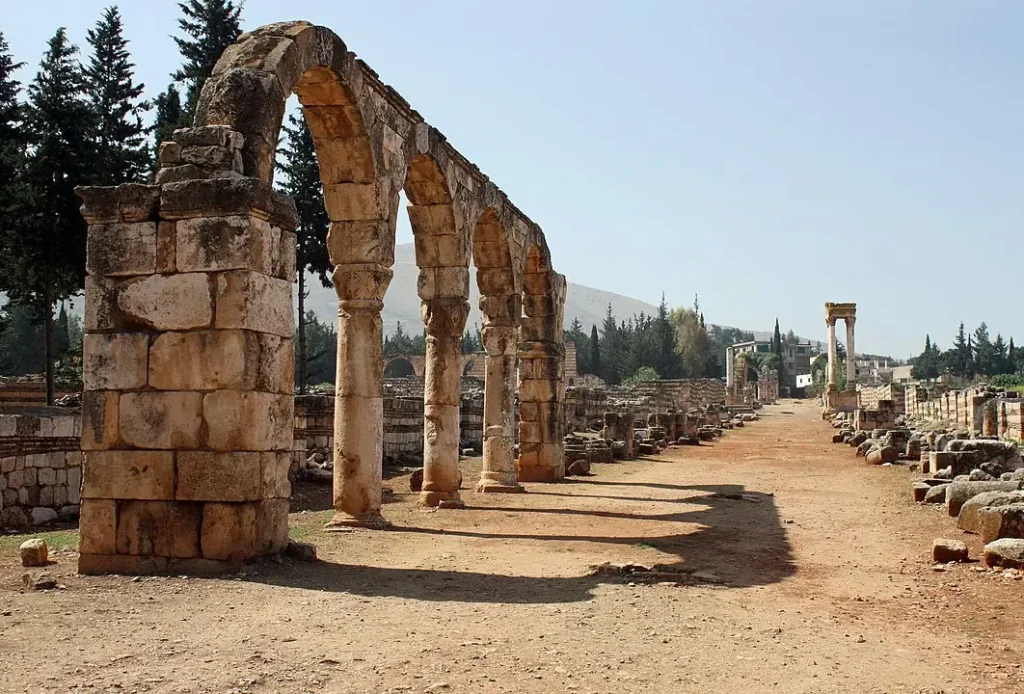
Lebanon’s rich heritage doesn’t stop with Roman or Phoenician treasures. The city of Anjar takes you into the Islamic golden age of the Umayyad dynasty. Constructed almost entirely in the 8th century, its symmetry and urban planning highlight an advanced, visionary society.
What to Explore in Anjar:
Anjar’s four quadrants reflect precision in planning, incorporating architectural styles of both Byzantine and Islamic origins.
- Stroll through the palace ruins for a look at what royal life might have been like over a millennium ago.
- Visit the mosques and community halls, which blended spirituality with daily life.
This archaeological site offers a unique glimpse into a short but impactful era, showcasing the sophistication of the ancient Islamic world.
Qadisha Valley and Cedars of God
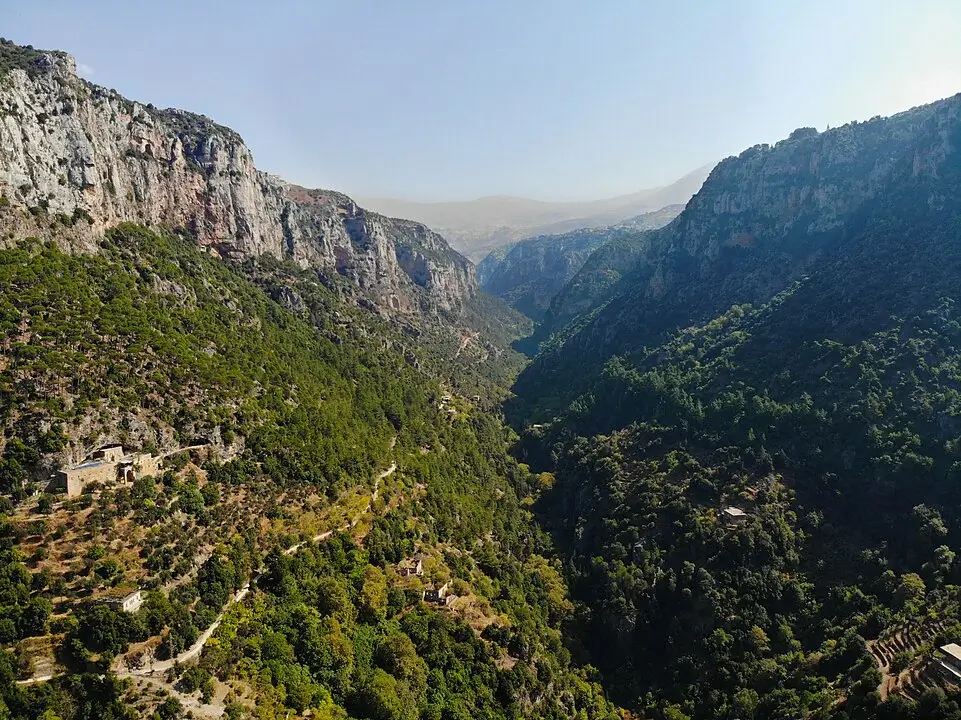
When it feels like history and nature converge, you’ve reached Qadisha Valley. Its breathtaking scenery combines with its spiritual significance to bring visitors a serene, transformative journey. Known as one of the foremost centers of early Christian monasticism, this valley is home to rustic monasteries carved into rock.
Highlights You Can’t Miss:
- Visit the Mar Licha Monastery, where ancient manuscripts are preserved.
- Walk amidst the Cedars of God, ancient forests referenced in holy texts and famous for their durability and aromatic qualities.
The Qadisha Valley and its sacred cedar trees touch your soul with their beauty while introducing you to Lebanon’s culture of devotion and environmental respect.
What Makes Lebanon’s Heritage Sites Unique?
By now, you’re probably wondering: What sets Lebanon apart as a historical treasure trove? The answer lies in its diverse cultural legacies, carefully preserved heritage, and unparalleled geographic position as the meeting point of empires.
- Cultural Diversity: Every heritage site in Lebanon reflects a blend of civilizations—Phoenician, Roman, Byzantine, Islamic, and Ottoman—all interwoven over thousands of years.
- Modern Continuity: Whereas some ruins exist in isolation, many of Lebanon’s ancient treasures are seamlessly integrated into thriving modern cities. This juxtaposition infuses life and vibrancy into these historical sites.
- Preservation and Accessibility: From guided tours to multilingual information boards, these sites are designed to educate and awe.
Tips for Touring Lebanon’s Ancient Ruins
Best Time to Visit: Seasons Matter
Spring and autumn are ideal for exploring Lebanon. The mild climate ensures your archaeological adventures are both comfortable and picturesque.
Travel Essentials: Don’t Leave Home Without
- Comfortable footwear is a must—exploration often involves walking through uneven terrain.
- Carry water, sunscreen, and a reliable guidebook or app to make the most of your journey.
Respect Local Customs
Remember that some sites, particularly those with religious significance, are still regarded as sacred. Dress appropriately, and respect any rules or guidelines provided by local authorities and guides.
Conclusion:
Lebanon’s ancient ruins are more than just remnants of the past. They are vibrant connections to stories of human resilience, innovation, and beauty. Whether you’re marveling at the sheer magnitude of the Temple of Jupiter in Baalbek, unraveling maritime secrets in Tyre, or walking beneath the ancient cedars of Qadisha Valley, you’ll carry home memories that will last a lifetime.
So what are you waiting for? Pack your bags, book that flight, and let Lebanon’s rich history and warm hospitality welcome you on a journey like no other. Dive into history, immerse yourself in culture, and experience the magic of Lebanon’s ancient ruins—your adventure awaits.
FAQ Section on Lebanon Ancient Ruins
What Are the Must-See Ancient Ruins in Lebanon?
Undoubtedly, you’ll want to prioritize Baalbek, Byblos, Tyre, Anjar, and the Qadisha Valley. Each site tells its unique story and contributes a vital piece to Lebanon’s historical puzzle.
Why Are Lebanon’s Ruins Important Historically?
Lebanon’s ancient ruins hold the stories of thriving ancient civilizations, showcasing their innovations in architecture, culture, and trade. These sites are testaments to how interconnected the ancient world truly was.
How Long Does It Take to Explore Lebanon’s Heritage Sites?
If you plan strategically, you can comfortably explore these sites in a week. However, you might find yourself wanting longer to fully savor the history and beauty of each location.
Are Lebanon’s Ruins Family-Friendly?
Absolutely! Many sites offer family-friendly tours and exhibits that make the experience enriching even for younger visitors.
